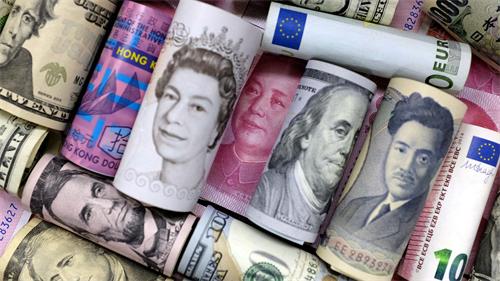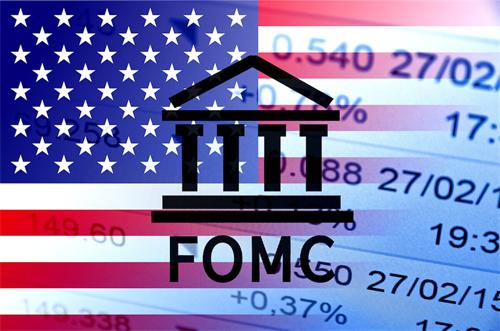Zero-Day Options Frenzy: Retail Traders’ New Gamble

Among Wall Street’s hottest financial innovations, zero-day options (0DTE, or zero days to expiration options) have undoubtedly emerged as one of the most explosive trends in recent years. Once a high-risk tool reserved for institutional investors, 0DTEs are now rapidly becoming a favorite among retail traders. From high-frequency traders to ordinary Robinhood users, investors are piling into this ultra-short-term “fast food” market, drawn by the prospect of quick, high-leverage returns.
What Are Zero-Day Options?
As the name suggests, zero-day options are option contracts that expire on the same day they are traded. That means if you buy the contract in the morning, it will expire and become worthless by market close. Because of their extremely short life span, they’re also known as “same-day options” or “intraday options.” Compared to traditional options, 0DTE contracts are defined by three key features: extremely short duration, extremely high leverage, and extremely high uncertainty.
Originally, these contracts were designed as ultra-short-term hedging tools for institutional investors, to manage risk ahead of major economic announcements or geopolitical events. But today, they’ve unexpectedly attracted a massive wave of retail traders looking to speculate.
Why the Sudden Boom?
The breakout moment for 0DTE came in 2022, following a rule change by the Chicago Board Options Exchange (CBOE) that allowed daily expirations for S&P 500 index options. This dramatically increased both liquidity and trading opportunities.
At the same time, the structure of the U.S. market—especially the designated market maker (DMM) system—helped fuel this boom. The CBOE mandates that market makers provide continuous quotes and keep bid-ask spreads within 3%, allowing retail investors to trade in a more fair and transparent environment.
Uncertainty in the market has also played a major role. For example, during the Trump administration, rapidly changing tariff policies led to intense volatility. In such times, 0DTEs became a “short knife” in investors' hands—a quick way to hedge risk or profit from swings.
What Are Retail Traders Doing?
For decades, the options market was dominated by professional institutions. But now, zero-commission platforms like Robinhood and Webull have lowered the barrier to entry, letting retail traders easily participate. 0DTEs satisfy their craving for rapid-fire, high-frequency trading. For just a few dollars in premium, there’s a chance to earn returns 100x larger—earning them the nickname “lottery tickets of finance.”
But this is less “investing” and more akin to a form of intraday gambling. Many novice traders don’t even understand the risk parameters symbolized by the Greek letters (like Delta, Theta, Gamma); they simply place bets on market direction based on gut feelings or short-term trends. Statistically, this often ends in consistent losses.
While retail traders were momentarily profitable with 0DTEs between late 2021 and early 2022, more recent data shows sustained losses. One analysis found that retail 0DTE trades could result in aggregate losses of over $358,000—in a single day.
Extreme Risk, Out-of-Control Bets?
0DTE options are often described as the “extreme sport” of the derivatives market—using low upfront cost to leverage massive returns. They’re like the financial version of a miniskirt: the more they expose, the greater the risk—yet the more irresistible they become. But behind the fantasy of getting rich quick lies a frenzy laced with the seeds of systemic risk.
First, 0DTEs are changing the rhythm of the market itself. Since buyers are often short-term speculators and sellers (typically market makers or hedge funds) must manage immense risk exposure, intraday volatility can be drastically amplified. A minor price move can send an option from worthless to astronomical—or vice versa—in minutes.
From a risk management perspective, buyers of options face limited loss—the premium paid. But sellers of options—especially without effective hedging—face potentially unlimited loss. A call option seller could be hit hard by a sudden market surge, while a put seller may be crushed by a sharp drop.
What’s even more concerning is that if an unexpected, sharp market movement occurs, a large volume of open 0DTE contracts could overwhelm market makers’ hedging mechanisms. This could dry up liquidity and even trigger flash-crash-like spirals.
J.P. Morgan has issued warnings that if 0DTE trading continues growing at its current pace, it could become the next source of systemic market risk—much like the VIX-linked volatility crisis in early 2018, when a wave of leveraged product failures caused widespread market turmoil.
Financial Innovation or Dangerous Game?
The popularity of 0DTE reflects a kind of democratization of financial tools—but it also highlights how vulnerable retail investors can be in high-risk markets. Without the necessary knowledge, experience, or risk management skills, chasing these “quick money” opportunities often leads not to financial freedom, but to empty accounts.
Ultimately, the “zero-day frenzy” is both a product of financial innovation and a reflection of public psychology and speculative impulses. It’s a new kind of bubble, built by a mix of Wall Street algorithms, institutional frameworks, market sentiment, and social media hype.
Whether 0DTEs become a sustainable asset class or just a passing mania will depend on the market and regulators. One thing remains clear: in a market driven by unpredictability, every reward comes with risk—and chasing easy profits often ends in costly lessons.



